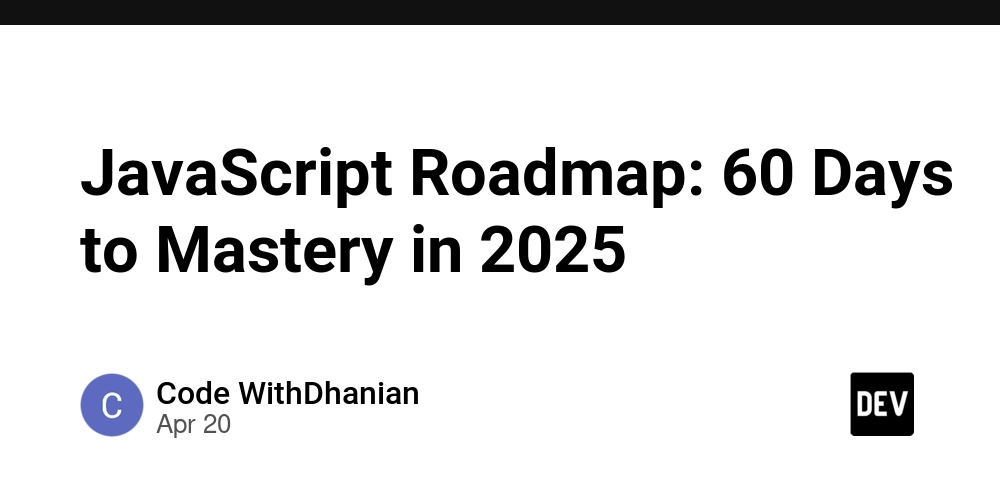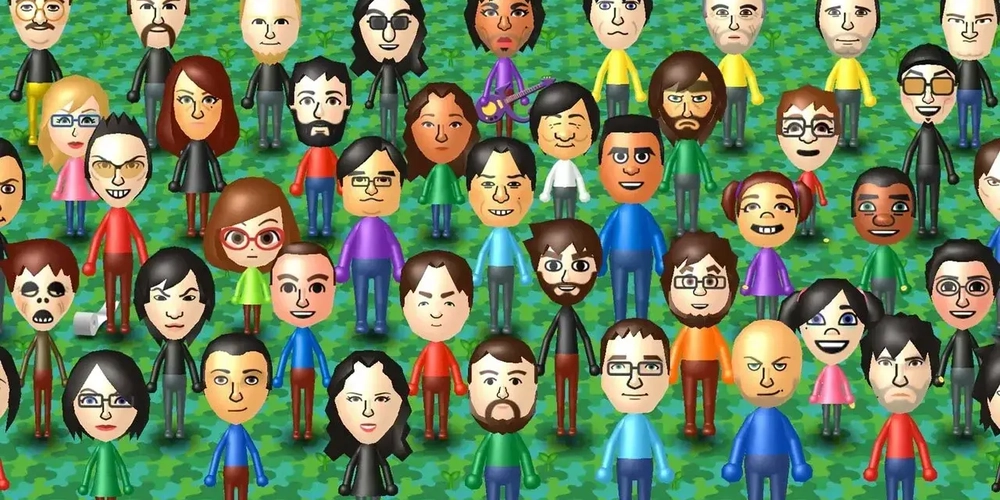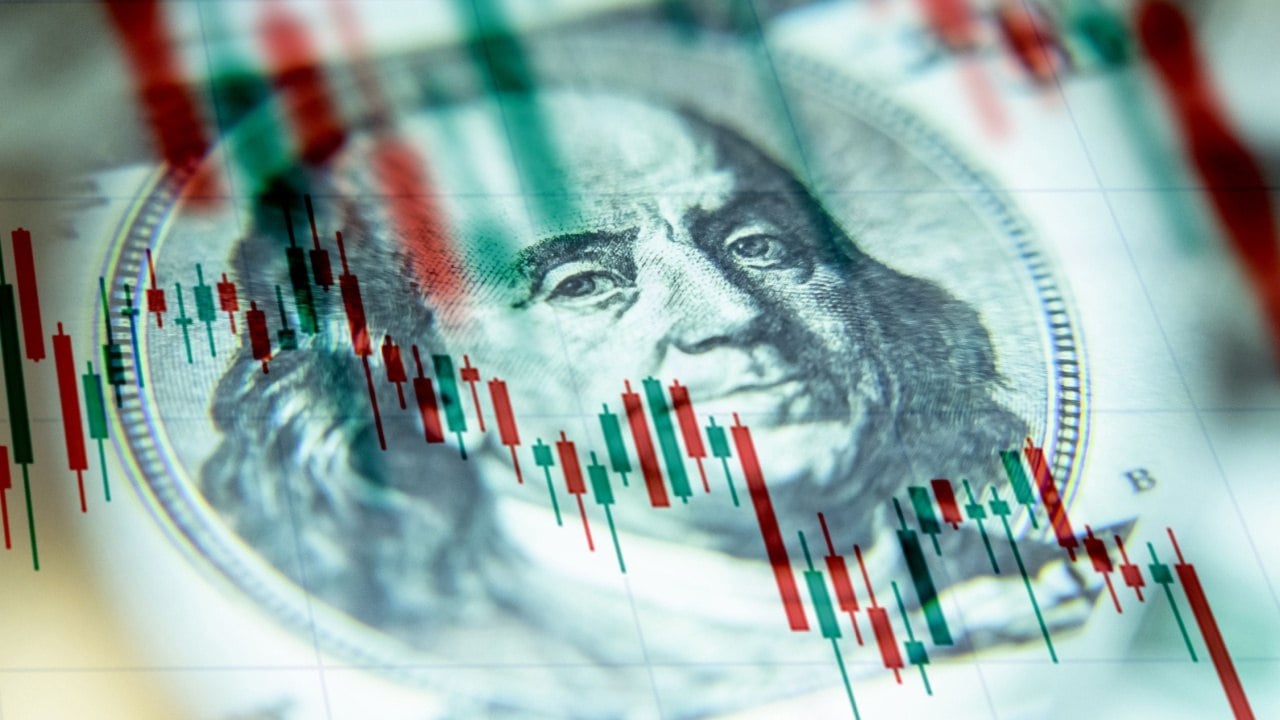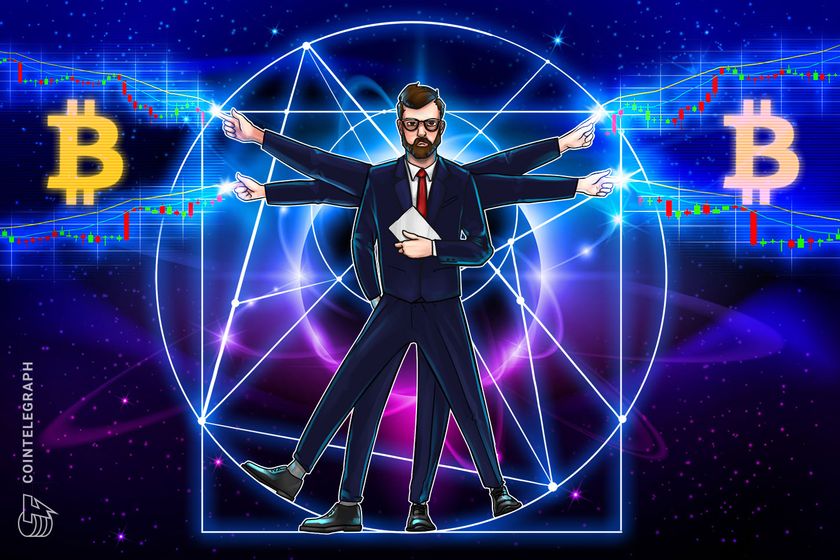How Steam became a multi-billion dollars company?
In the sprawling landscape of digital gaming, where competition is fierce and platforms are plenty, Steam continues to dominate not...


In the sprawling landscape of digital gaming, where competition is fierce and platforms are plenty, Steam continues to dominate not through sheer monopoly—but through mastery. With over 132 million monthly active users in 2025 and a peak concurrent user base touching 39 million, Steam is more than just a storefront. It’s an ecosystem, a social network, a marketplace, and a sandbox for developers and gamers alike. But how did Steam get here? And more importantly, what keeps its economy ticking in an age of zero-commission stores, free games, and hyper-monetized experiences?
A Revolutionary Beginning: Steam’s Origin Story
When Valve launched Steam on September 12, 2003, it wasn’t envisioned as a global digital storefront. It was built to solve a rather simple, yet frustrating problem—updating games. Prior to Steam, game updates had to be downloaded manually from servers, a painful process that fractured online communities and gameplay experiences. Steam allowed automatic updates and seamless content delivery, and Counter-Strike players were its first loyal citizens. What began as a humble distribution channel for Valve's games gradually morphed into a digital marketplace—first for indie developers, then AAA giants, and eventually every genre, theme, and budget. In the early 2000s, Steam quietly rewrote the rules of PC gaming—and the economy around it.
The 30% Question: Why Developers Were Once Wary
Despite its convenience and vast reach, Steam’s revenue-sharing model has long been a double-edged sword. Traditionally, Valve takes a 30% cut of every game sold on the platform. That means a $60 game nets the developer only $42. Critics have argued this is steep, especially for smaller studios where every dollar matters. But Valve has stood by this model, justifying it with the platform’s immense infrastructure, exposure, and toolset. It’s also not alone—PlayStation, Xbox, and Nintendo charge the same. However, this has given rise to competitors like Epic Games Store, which offers a much leaner 12% cut, giving developers 88% of the sale value. That said, Epic lacks Steam’s polish, community tools, and overall robustness. Steam’s success isn't just in selling games—it's in being the place where gamers live.
Community, Customization, and Commerce
Steam’s economy is intricately tied to the social dynamics and customization options it offers. From profile badges and artwork showcases to rare achievements and personalized libraries, Steam fosters digital identity in ways other platforms don’t. And nowhere is this more apparent than the Steam Marketplace, a real-time trading and selling hub for in-game items. Players can trade skins, weapons, stickers, and other cosmetics from games like Counter-Strike 2, Dota 2, and PUBG. The value of some items reaches thousands of dollars—one rare CS:GO skin reportedly sold for $150,000. Valve takes a small cut from each transaction, quietly building a secondary stream of revenue worth hundreds of millions.
The Value of Discounts and Sales
Steam’s seasonal sales are now legendary. The Summer Sale, Winter Sale, Autumn Sale, and surprise indie bundles are cultural events in gaming. Unlike Nintendo or PlayStation, which rarely offer meaningful discounts, Valve regularly slashes prices by 50–90%, even on flagship titles. As a result, gamers hoard games, and developers see spikes in volume that make up for margin losses. Valve even allows bundle discounts for users who already own part of a collection—so if you bought 3 of 4 games, you get a tailored discount for the 4th. This personalized pricing model is almost unheard of elsewhere and reinforces consumer goodwill.
Steam vs. Epic: The Platform War
Epic Games tried to dethrone Steam with aggressive tactics—exclusive titles, free weekly game giveaways, and a friendlier revenue share. And while they succeeded in luring big names like The Division 2, Borderlands 3, and Control, consumer experience told a different story. Steam’s Shift+Tab overlay, in-game browser, mod integration, and user-generated guides create a fluid gaming experience unmatched by Epic’s bare-bones launcher. Even the review system sets them apart. Steam’s detailed community reviews help users make informed decisions, while Epic still uses a basic 5-star rating system. Case in point: Red Dead Redemption 2 on Epic is rated 4.9/5, while Assassin’s Creed Valhalla sits at 4.6/5—hardly an accurate depiction of their vastly different critical reception.
Developers Return Home: The Comeback Era
Interestingly, many developers who once left Steam are now returning. Ubisoft, EA, and even Activision have brought their flagship games back to the platform. Why? The numbers. Call of Duty: Modern Warfare (2019), which launched on Battle.net, reached $1 billion in 54 days. Its sequel, Modern Warfare 2 (2022), which returned to Steam, hit the same figure in just 10 days. Steam simply converts better because that’s where the players are. And despite the higher cut, the volume often justifies the margin loss. Even PlayStation and Xbox, once console-exclusive fortresses, are now porting titles like God of War and Halo: Master Chief Collection to Steam.
Valve’s Culture: The Unsung Hero
Much of Steam’s success stems from Valve’s unique corporate structure. The company has no traditional hierarchy, doesn’t rely on external investors, and hires only seasoned professionals—no interns, no junior roles. This autonomy allows employees to work on what they’re best at. It also means they’re more invested: only employees get stock options. One heartwarming example is when a Valve employee diagnosed with ulcerative colitis was told by CEO Gabe Newell: “Your job is to get better. Come back when you’re ready.” That employee later returned to write Portal 2, one of Valve’s greatest hits. This culture of trust and excellence permeates into Steam’s platform quality.
The Hidden Strength: Customer Support
With just 70 people handling Steam’s entire support system, you’d expect slow responses. But reality is quite the opposite. Steam offers one of the best refund policies in the industry (any game under 2 hours played and within 14 days of purchase is eligible). They take bug reports seriously, respond fast to account hacking cases, and maintain open channels for feedback. It’s the kind of support many other billion-dollar tech platforms could learn from.
Why Steam Matters for Gaming’s Future
Steam is not just a store—it’s the blueprint of what a consumer-first digital economy looks like. While other platforms nickel-and-dime users, restrict personalization, and gate features behind paywalls, Steam doubles down on user experience. No ads before gameplay. No subscription to access your old games. Just a clean, honest marketplace that grows because players want to be there, not because they’re forced to.
As new players like Epic, Microsoft Game Pass, and even Netflix Gaming enter the fray, the industry would do well to learn from Steam’s success. It's a reminder that sometimes doing what’s right for players is also what’s best for business.









































































































































































![[The AI Show Episode 144]: ChatGPT’s New Memory, Shopify CEO’s Leaked “AI First” Memo, Google Cloud Next Releases, o3 and o4-mini Coming Soon & Llama 4’s Rocky Launch](https://www.marketingaiinstitute.com/hubfs/ep%20144%20cover.png)




























































































































![[DEALS] The All-in-One Microsoft Office Pro 2019 for Windows: Lifetime License + Windows 11 Pro Bundle (89% off) & Other Deals Up To 98% Off](https://www.javacodegeeks.com/wp-content/uploads/2012/12/jcg-logo.jpg)

















































































































































_Andreas_Prott_Alamy.jpg?width=1280&auto=webp&quality=80&disable=upscale#)































































































![What features do you get with Gemini Advanced? [April 2025]](https://i0.wp.com/9to5google.com/wp-content/uploads/sites/4/2024/02/gemini-advanced-cover.jpg?resize=1200%2C628&quality=82&strip=all&ssl=1)












![Apple Shares Official Trailer for 'Long Way Home' Starring Ewan McGregor and Charley Boorman [Video]](https://www.iclarified.com/images/news/97069/97069/97069-640.jpg)
![Apple Watch Series 10 Back On Sale for $299! [Lowest Price Ever]](https://www.iclarified.com/images/news/96657/96657/96657-640.jpg)
![EU Postpones Apple App Store Fines Amid Tariff Negotiations [Report]](https://www.iclarified.com/images/news/97068/97068/97068-640.jpg)



































































































































